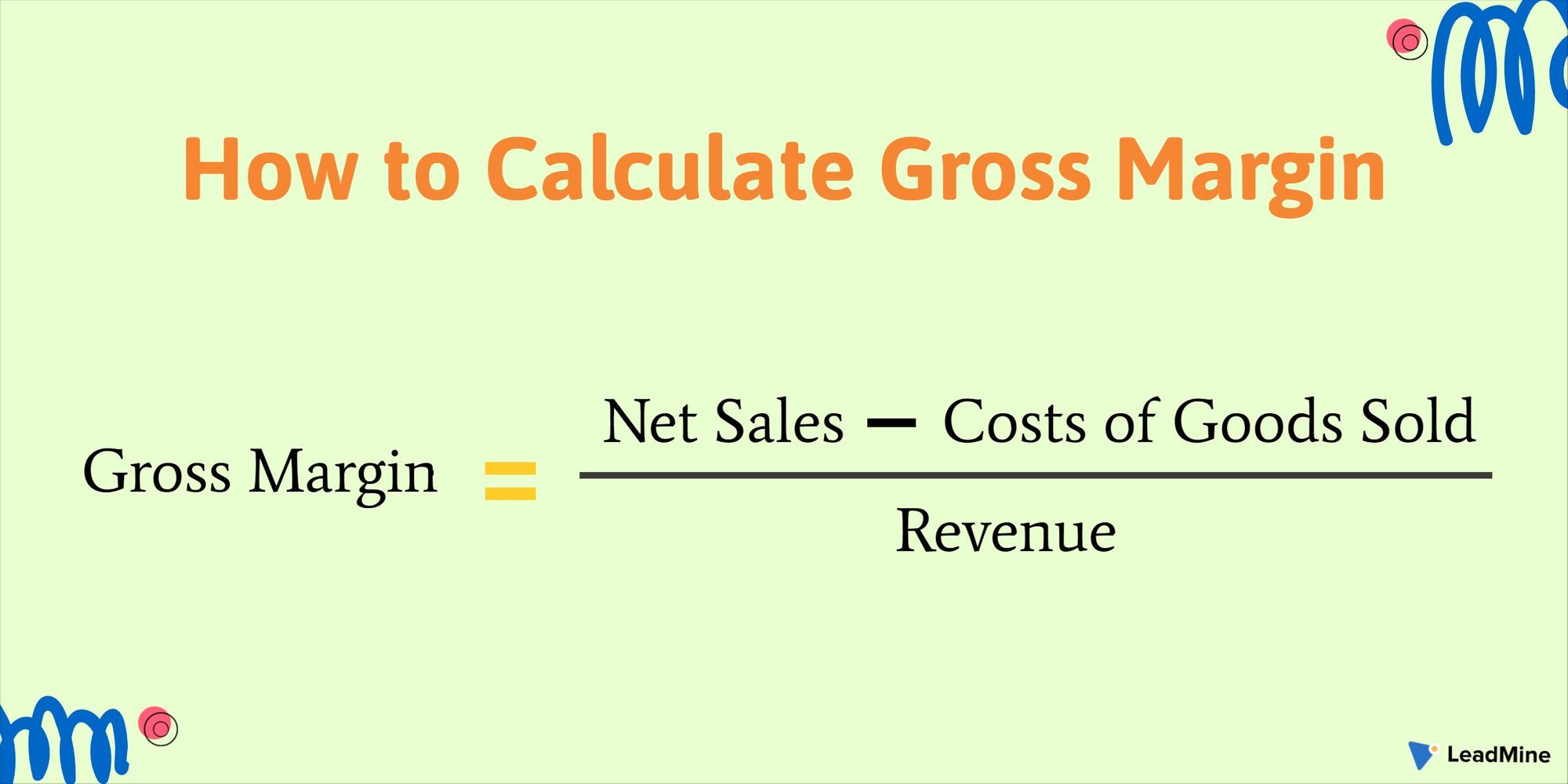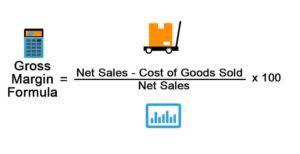How To Compute Gross Margin
Gross margin is an important metric for businesses to understand as it provides insight into the profitability of a company's products or services. By calculating the gross margin ratio, businesses can determine the percentage of revenue that is left after subtracting the cost of goods sold (COGS).
What is Gross Margin?
Gross margin, also known as gross profit margin, is a financial ratio that represents the percentage of revenue that exceeds the cost of producing a product or providing a service. It is an essential indicator of a company's ability to generate profit from its core operations.
Calculating Gross Margin
The gross margin ratio is calculated using the following formula:
Gross Margin Ratio = (Revenue - COGS) / Revenue * 100
Revenue refers to the total sales generated by a company, while COGS includes all direct costs associated with producing or delivering a product or service, such as raw materials, labor, and manufacturing expenses.
Importance of Gross Margin
Gross margin allows businesses to assess the profitability of individual products or services and make informed decisions regarding pricing strategies, cost management, and overall financial health. A higher gross margin ratio indicates that a company is effectively managing its production costs and generating a higher profit from its core operations.
Furthermore, gross margin analysis can help identify areas where costs can be reduced or pricing strategies can be adjusted to maximize profitability. By closely monitoring gross margin, businesses can ensure that they are operating efficiently and maintaining a competitive edge in the market.
Gross Margin vs. Profit Margin
It is important to note that gross margin is different from profit margin. While gross margin focuses on the relationship between revenue and COGS, profit margin takes into account all expenses, including operating expenses, taxes, and interest.
In other words, profit margin provides a more comprehensive view of a company's profitability, while gross margin specifically highlights the profitability of its core revenue-generating activities.
Understanding and analyzing gross margin is crucial for businesses of all sizes and industries. By carefully monitoring and managing this metric, companies can optimize their profitability and maintain a strong financial position in the market.
In conclusion, gross margin is a key performance indicator that measures the profitability of a company's core operations. By calculating the gross margin ratio, businesses gain valuable insights into their financial health and can make informed decisions to improve profitability. Monitoring and analyzing gross margin is essential for staying competitive and maximizing profitability in today's business landscape.
 source: www.leadmine.net
source: www.leadmine.net Are you looking for the perfect information to how to compute gross margin? Search no further than our extensive selection of high-quality choice. We have just what you need.
 source: www.bookstime.com
source: www.bookstime.com Are you looking to find the precise complement to how to compute gross margin? Search no further than our vast assortment of high-quality alternative. We have just what you are looking for.
Whether you're into classic, modern or conservative a vast selection available online perfect for everyone's interests. Our how to compute gross margin galleries are a perfect way to get what selection are available and to understand what is trending. So why the wait? Get your ideas and unleash your fun side now! We are hoping this article of how to compute gross margin can be useful.
Source: regresandoalasraiceshebreas.blogspot.com
Posting Komentar untuk "How To Compute Gross Margin"